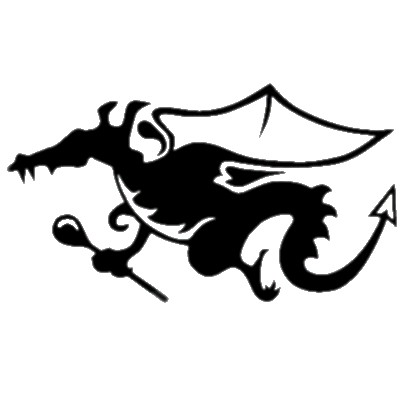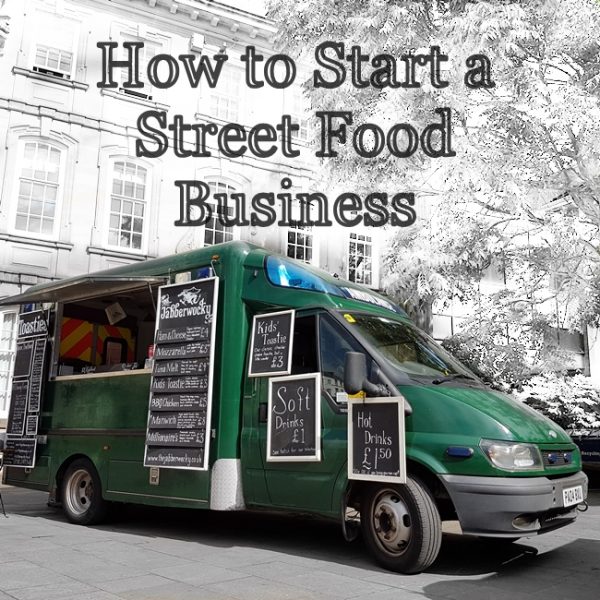I’ve been writing a lot about the process of setting up a street food business, and people seem to like that. I’ve not really provided much help for the customers though, and you make up a great deal of the historical readership. It seems unbalanced, so let me rectify that by answering a big question that is very rarely spoken for fear of the answer: is street food safe?
All forms of professional catering have to adhere to the same standards. This means that in theory a multi-purpose unit selling burgers from the cash and carry should be exactly as clean as a Michelin starred hotel kitchen selling wafer thin smears of purée. In practise, the rules will be interpreted by the owner, manager or person doing the cleaning that day, so these things will vary between businesses.
Here in the UK, yes: street food is very safe. We have guidelines covering everything from where to cut up you food to how to wash your hands to the layout of your fridge. If you follow all those guidelines, and a huge majority do, then whatever you produce will be safe.
Problems only arise if the trader in question is not following those rules, so here are a few quick things you, the customer, can look out for, so that you can make an informed decision on your lunch.
-Do they have a hand wash sink? It’s a quick way to work out if they have been washing their hands. If you can’t see one, they might still have a little portable one, stashed away somewhere, but unless space is ridiculously tight I see no reason to hide it.
-Are they using colour-coded chopping boards? A lot of us do, the Environmental Health love them; but they have to be used correctly to actually work. The main one to watch for here is the red board. Red means raw meat. Raw meat is the really dangerous one. The only thing allowed to touch the red board is raw meat, if anything else is going on it I’d be wary.
Just in case you were wondering: red is raw meat, yellow is cooked meat, white is dairy and bread, blue is raw fish (also dangerous but much less common in street food), brown is veg and green is salad and fruit. That being said: These are not a legal requirement, but if you are using the boards, not knowing what goes on which is a warning sign.
-Is hot food being kept hot? This is not one you can’t easily test until you actually take a bite, but if your hot food is not “piping hot” but more “luke warm” then it probably hasn’t been cooked or kept warm correctly. It’s hard to judge without a temperature probe, but directly after purchase it should feel hot (not warm) to the touch.
-Is money in the same hands as food? We all know money is horrible stuff, so I’d rather is wasn’t wiped over my lunch. Popular methods for not getting money all over meals include having one person for money and one for food, or one hand for money and one for food. Tongs, napkins, hand-washing and antibacterial spray are all great too; so there really isn’t any reason to be getting the two mixed up.
Are they handling anything after touching raw meat? This should be so rare I should not even have to mention it, but if the person you are buying from touches raw meat bare handed and then does anything else (take money, touch cooked food or equipment) without washing their hands with soap you need to get out of there, fast.
This is not the definitive guide, I’m not a health inspector, nor are you guaranteed food poisoning from anyone who isn’t doing the things stated above (or vice versa), but if you are concerned, this should give you a starting point. If you would like to know more then you can find the full, official guidelines here, or drop me a comment.




